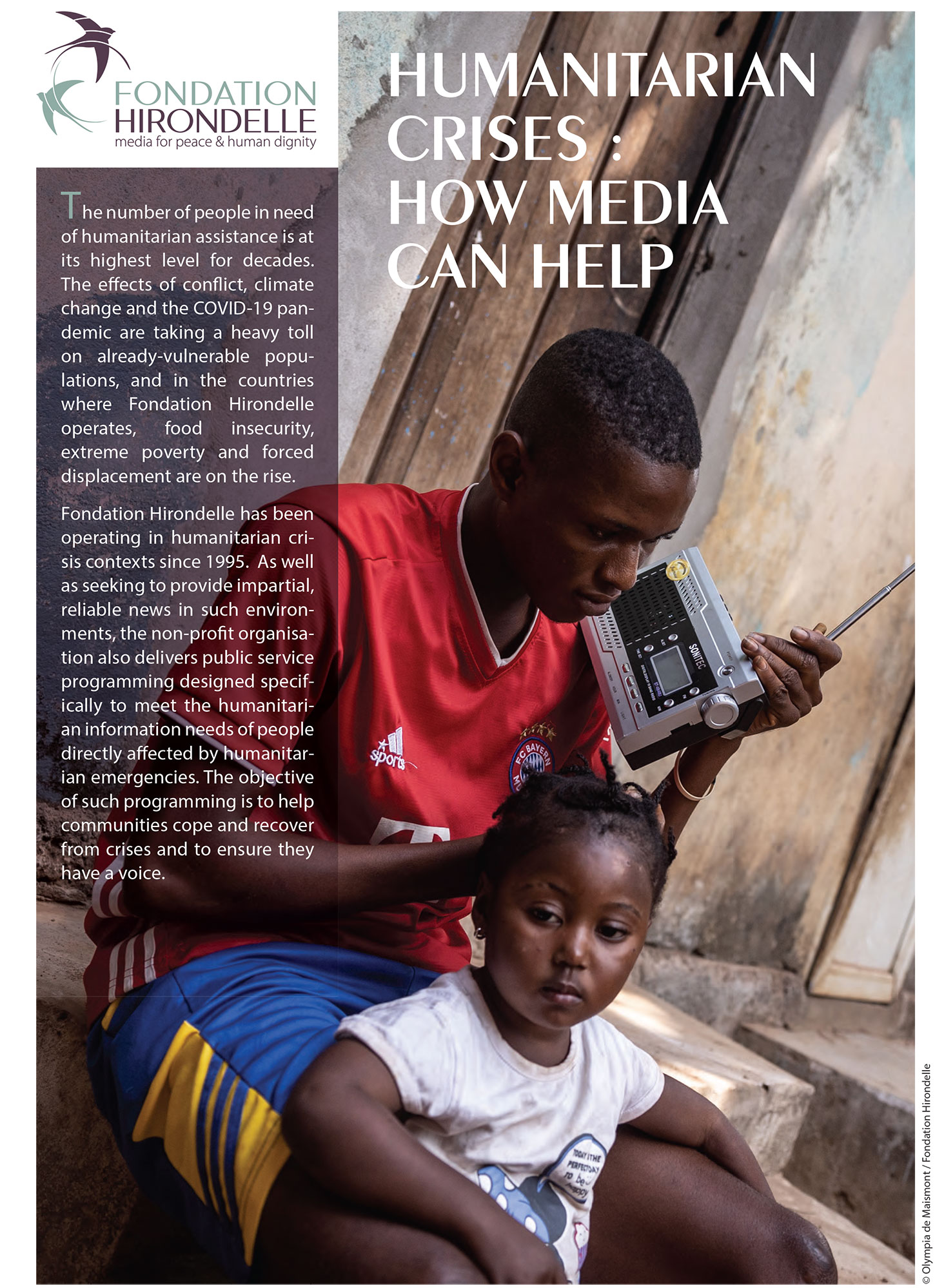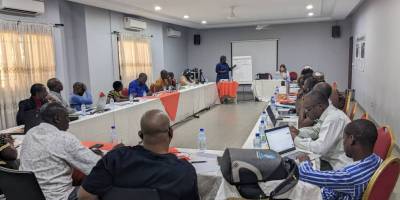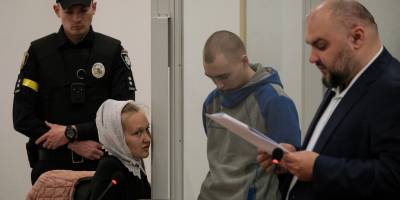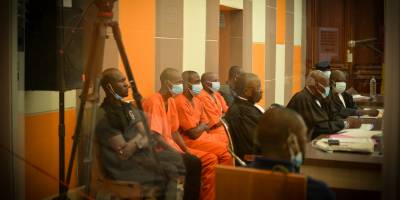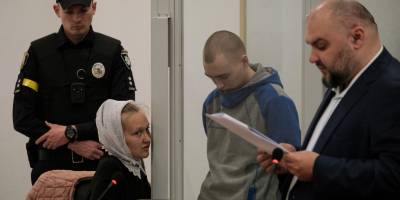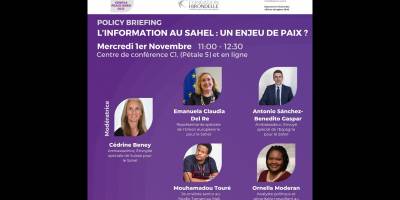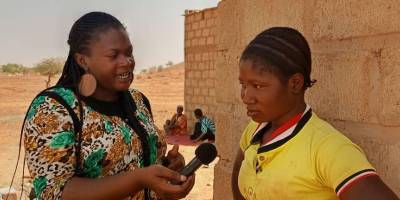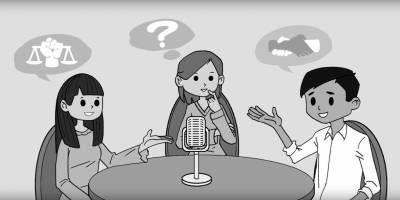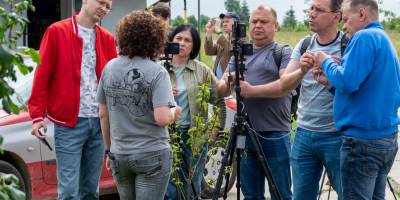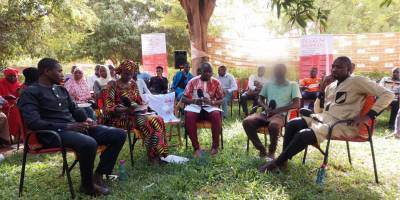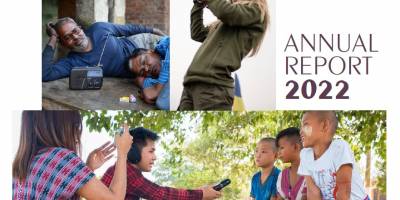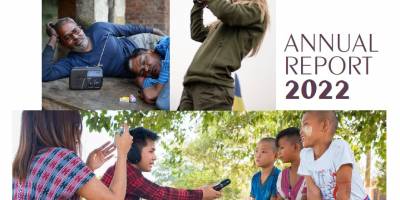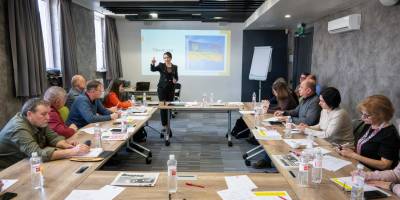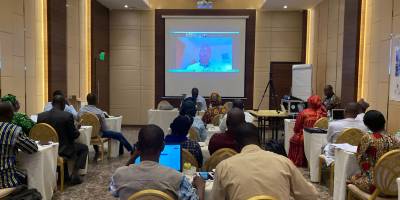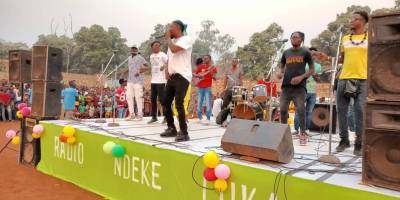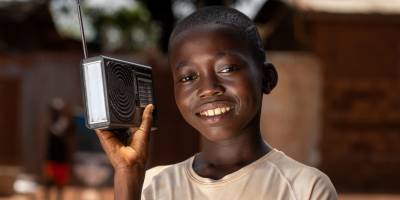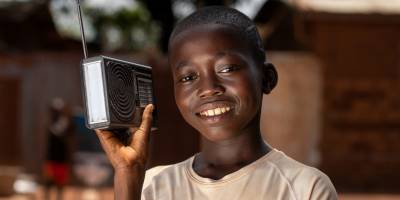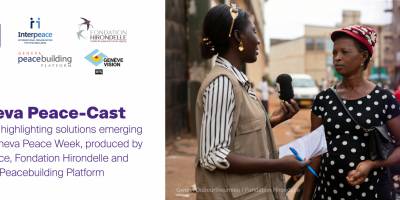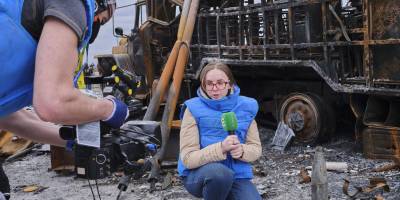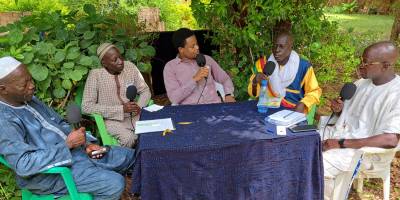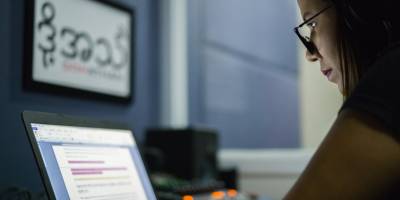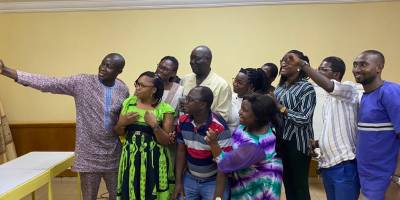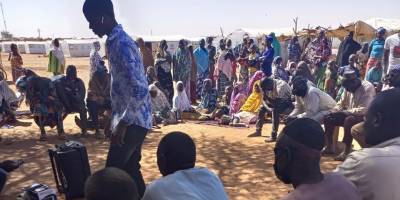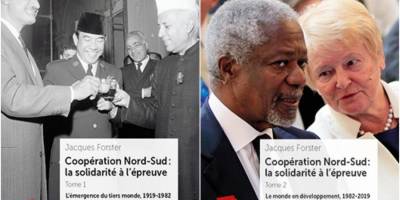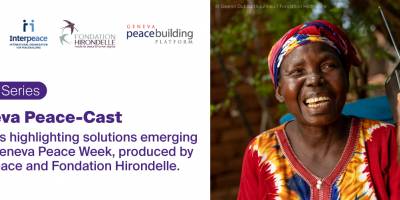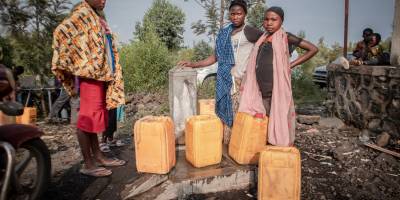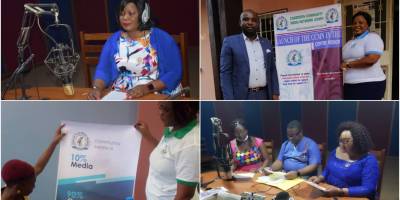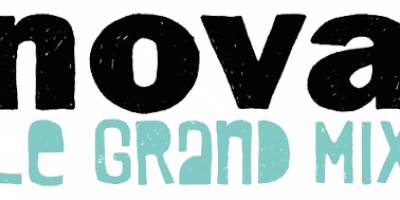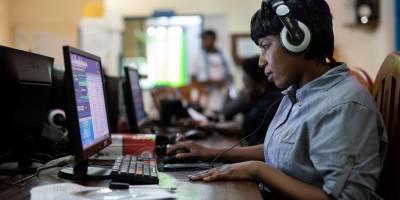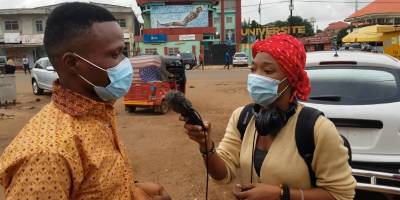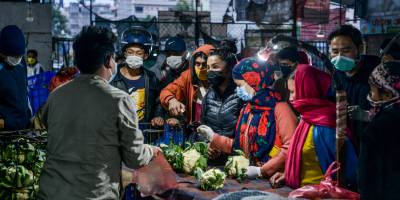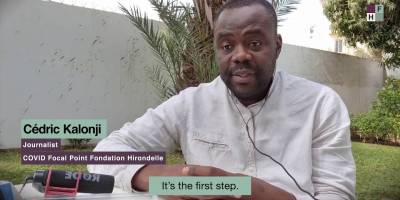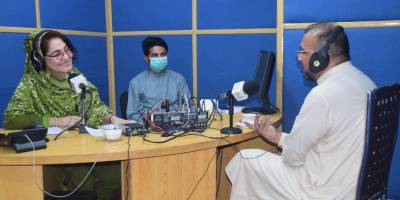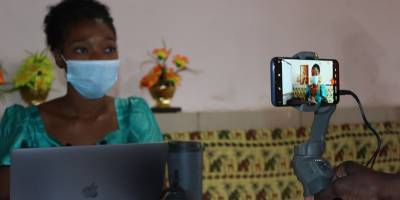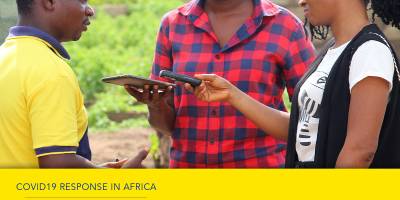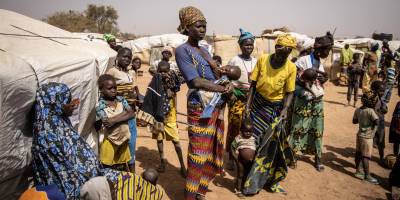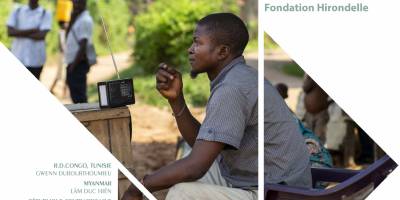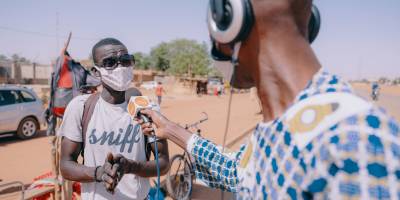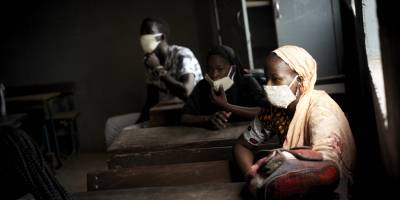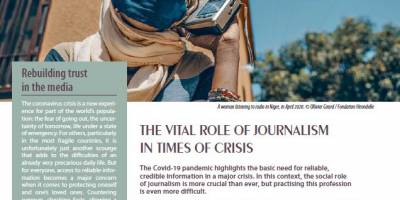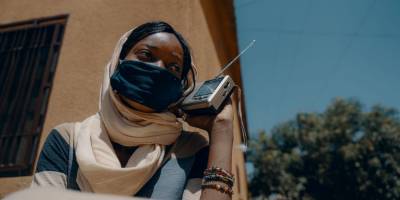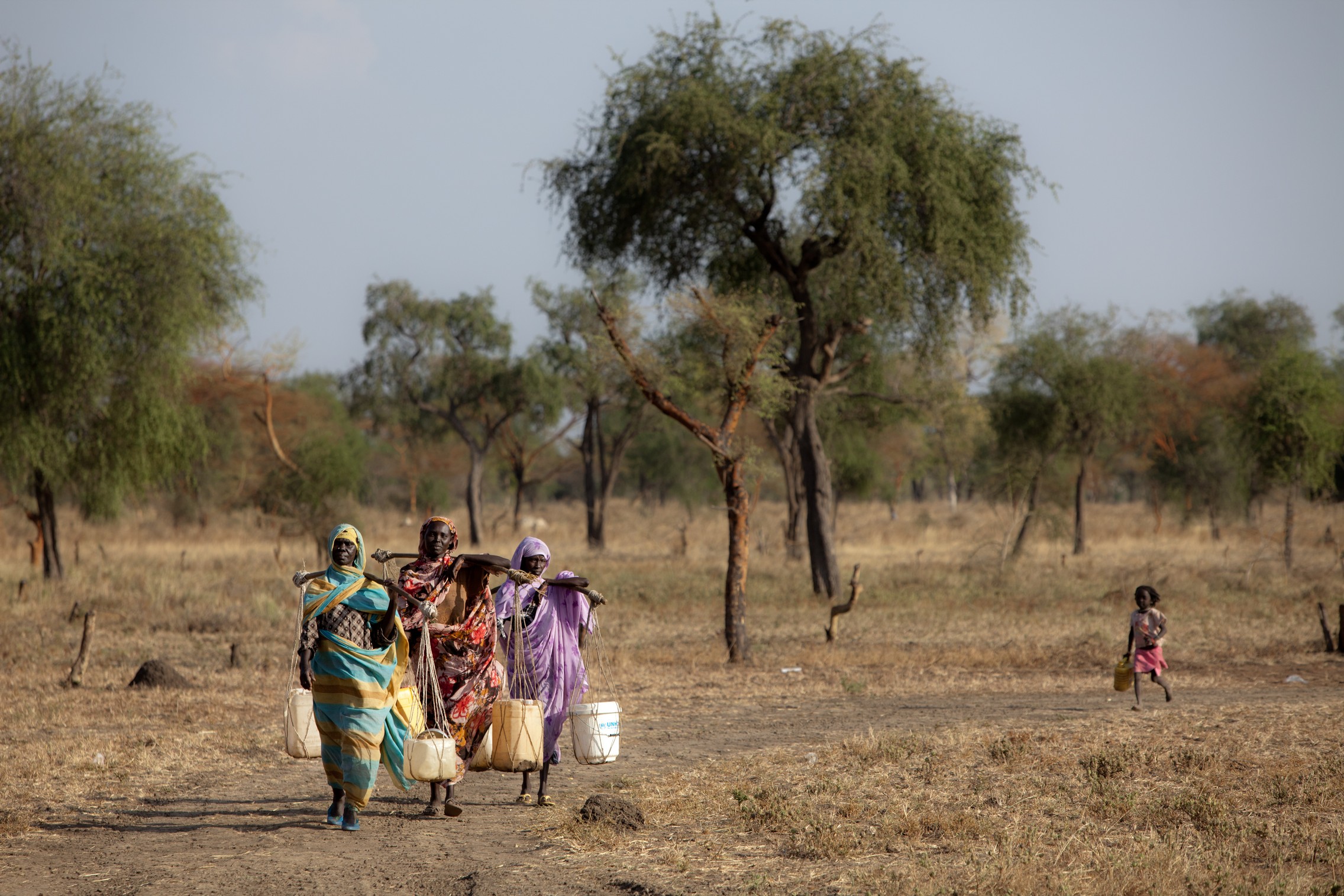
Context
The world is facing an increasing number of humanitarian crises due to conflicts or natural disasters. In 2015 alone, the sum invested in humanitarian assistance at global level reached a total of 28 billion US dollars (Synthesis of the Consultation Process for the World Humanitarian Summit, Executive summary p. 2). However, the needs are growing faster than the means available to meet them. Humanitarian aid professionals are therefore under pressure to evolve their practices. They must be more effective, more transparent, and put affected populations at the center of solutions more than ever. The World Humanitarian Summit of 2016 recommends that “crisis-affected people should have a greater voice in humanitarian action, including better structures for communication and feedback” (Synthesis of the Consultation Process for the World Humanitarian Summit). To implement this recommendation, humanitarian actors must be able to address credible media with a strong local presence.
Indeed, in humanitarian crisis contexts, information is itself a necessity for affected populations. Through reliable and real-time information made accessible to the masses, the media facilitates the response of humanitarian actors to other essential needs such as food distribution, health care, protection measures, and reconstruction of social ties.
Professional media deal with major security incidents, providing fact-checking to defuse rumors and calm the atmosphere. They inform about the development of the general situation and the possibilities of moving to safe zones. The media can also contribute to the reorganization of everyday life, the provision of public services, and call for expertise. They alert the local authorities, follow up on their initiatives and those of the international community. They participate in rebuilding the social bond, and play the role of companion against feelings of isolation. They release the ability to speak of traumas and facilitate the expression of solidarity.
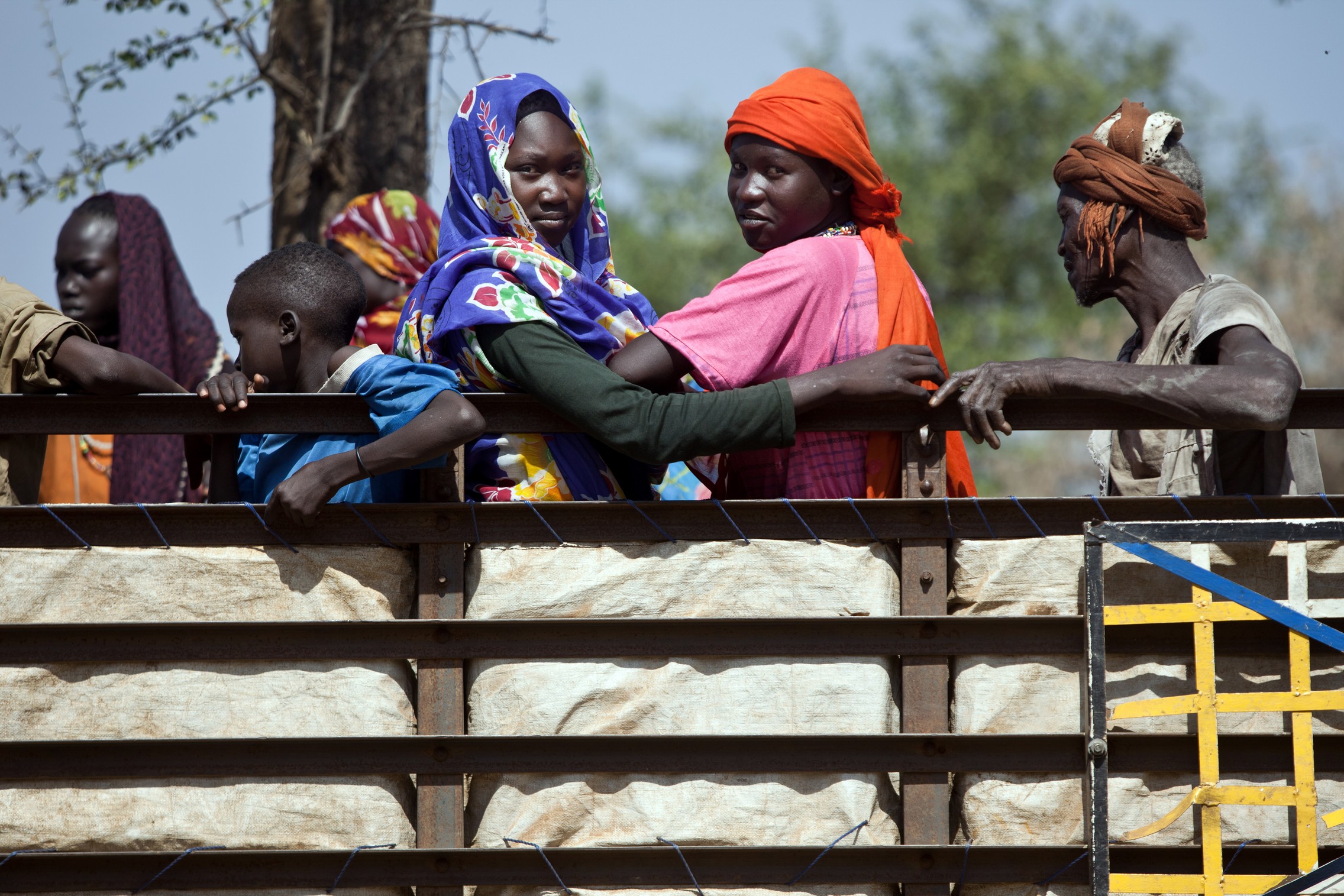
Our approach
In the contexts of humanitarian crises, Fondation Hirondelle’s activity revolves around two central elements:
- Media as a response to the need for public information:
We produce and broadcast public service messages to affected populations in local languages on topics such as food, health, displacement of populations, security, humanitarian law and human rights.
- Media as a response to the need for broad-based information and dialogue:
Factual, reliable, and general interest information is essential in humanitarian crisis contexts. It enables affected populations to better understand the context in which they live, to combat rumors and to reinforce their resilience.
Interactive media programs that promote dialogue and give voice to the affected population, enabling them to put their distress and needs into words. These programs help to respond to psychological distress and reduce suffering. They also promote the flow of bottom-up information by giving the people concerned a voice on how humanitarian aid is provided, strengthening their participation.
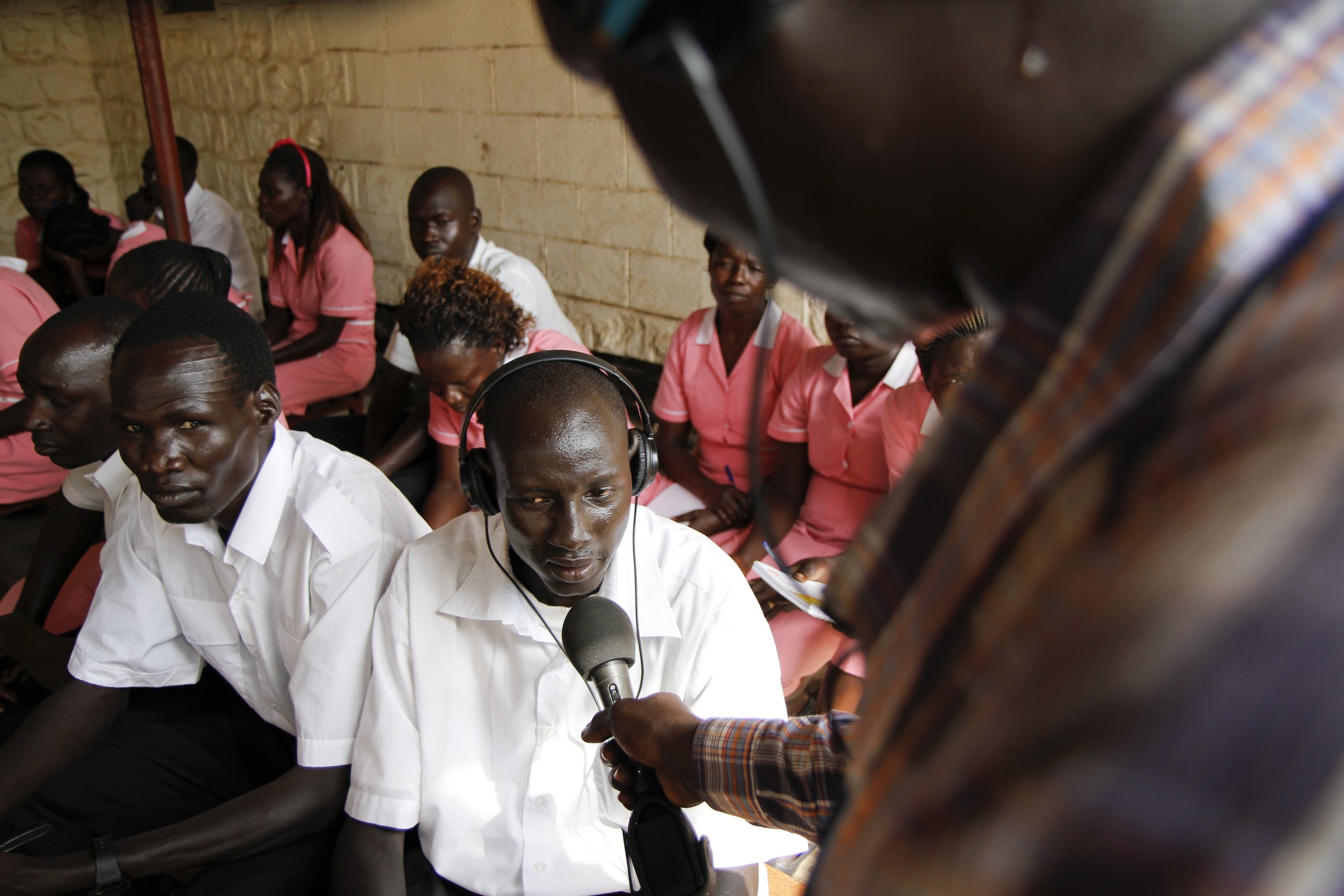 Fondation Hirondelle creates or supports media that embody humanitarian values, particularly those of humanity, impartiality, and independence. These values are embedded in our charters and codes. We implement them by adapting our informative approaches according to the most urgent needs of the affected populations. We practice grassroots journalism based on verification of information, diversity of sources, a strict distinction between facts and comments. Our inclusive dialogue programs are governed by strict rules on speaking time and representing diverse viewpoints to ensure balance and impartiality.
Fondation Hirondelle creates or supports media that embody humanitarian values, particularly those of humanity, impartiality, and independence. These values are embedded in our charters and codes. We implement them by adapting our informative approaches according to the most urgent needs of the affected populations. We practice grassroots journalism based on verification of information, diversity of sources, a strict distinction between facts and comments. Our inclusive dialogue programs are governed by strict rules on speaking time and representing diverse viewpoints to ensure balance and impartiality.
Fondation Hirondelle has more than 20 years of media experience in conflict, post-conflict, or humanitarian crisis situations such as the ones in the Democratic Republic of the Congo, Central African Republic, Mali and, in the past, South Sudan, Liberia, and Kosovo. We assess the media environment and the information needs of local populations. Based on these assessments, we can deploy multimedia capabilities from a local level to a global level, through the support or creation of radios, production studios linked to our partner radio or TV networks, dedicated websites, and management of associated social networks.
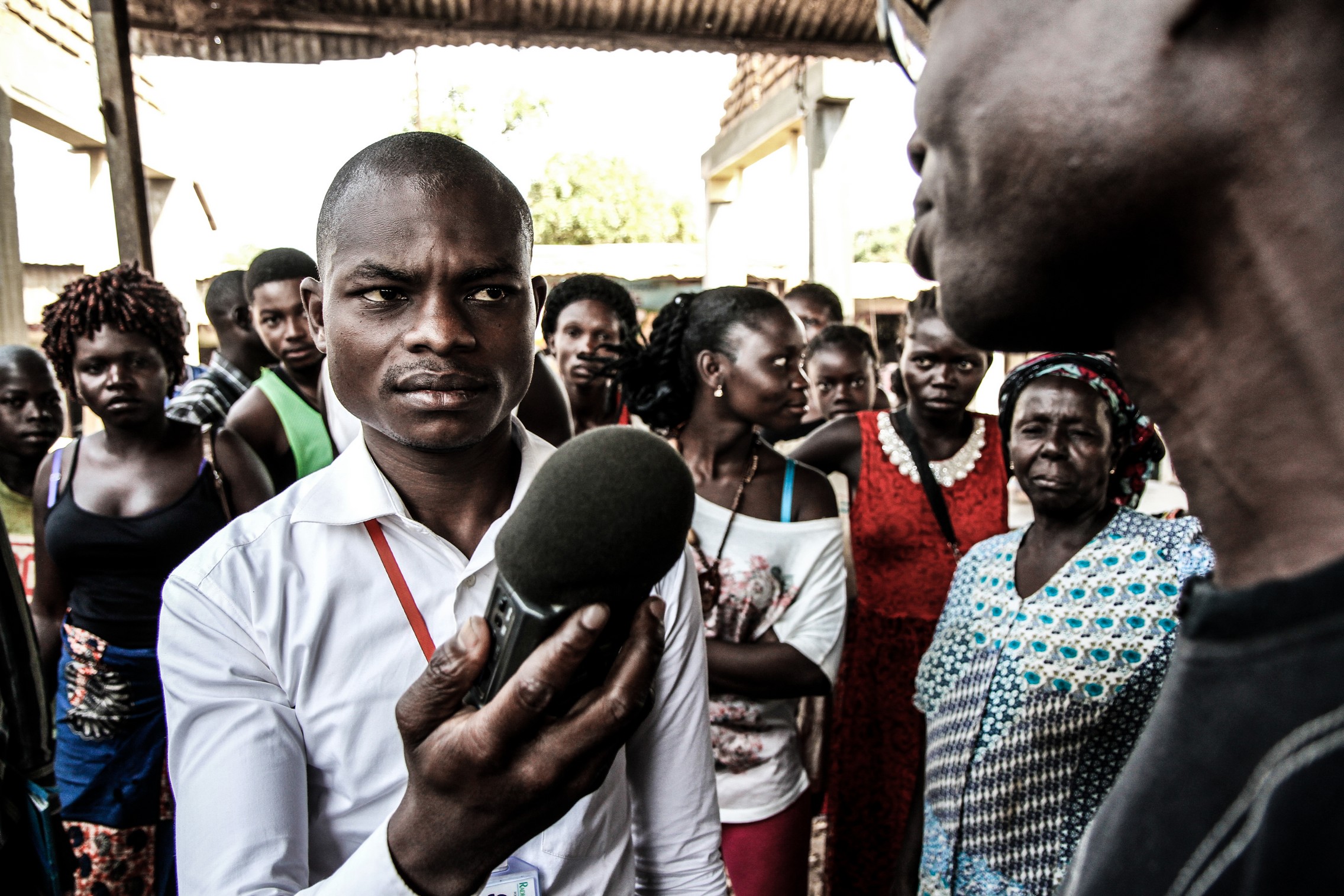 For example, in the Central African Republic, a country with recurrent crises, we have for 17 years been supporting Radio Ndeke Luka (RNL), a mainstream radio promoting dialogue, serving the public and considered the country’s media of reference. Radio Ndeke Luka is an independent radio covering the whole of the Central African territory 24 hours a day, live on FM in the major urban centers, shortwave for two hours a day, and via the Canal Satellite Afrique packages. RNL also relies on a community radio network that rebroadcasts its programs for one hour a day. In addition, RNL has a unique capacity to inform on-line about events in the country, and to promote humanitarian actions in CAR. Its programs are available in French and Sango.
For example, in the Central African Republic, a country with recurrent crises, we have for 17 years been supporting Radio Ndeke Luka (RNL), a mainstream radio promoting dialogue, serving the public and considered the country’s media of reference. Radio Ndeke Luka is an independent radio covering the whole of the Central African territory 24 hours a day, live on FM in the major urban centers, shortwave for two hours a day, and via the Canal Satellite Afrique packages. RNL also relies on a community radio network that rebroadcasts its programs for one hour a day. In addition, RNL has a unique capacity to inform on-line about events in the country, and to promote humanitarian actions in CAR. Its programs are available in French and Sango.
Results / Outcomes
- The needs of affected populations are better taken into account by authorities and humanitarian actors;
- The messages of humanitarian aid actors are better taken into account by the population through media channels in which they trust;
- Spaces are created for dialogue between humanitarian actors and representatives of affected populations on the adequacy of responses and strengthening the participation of local actors.




